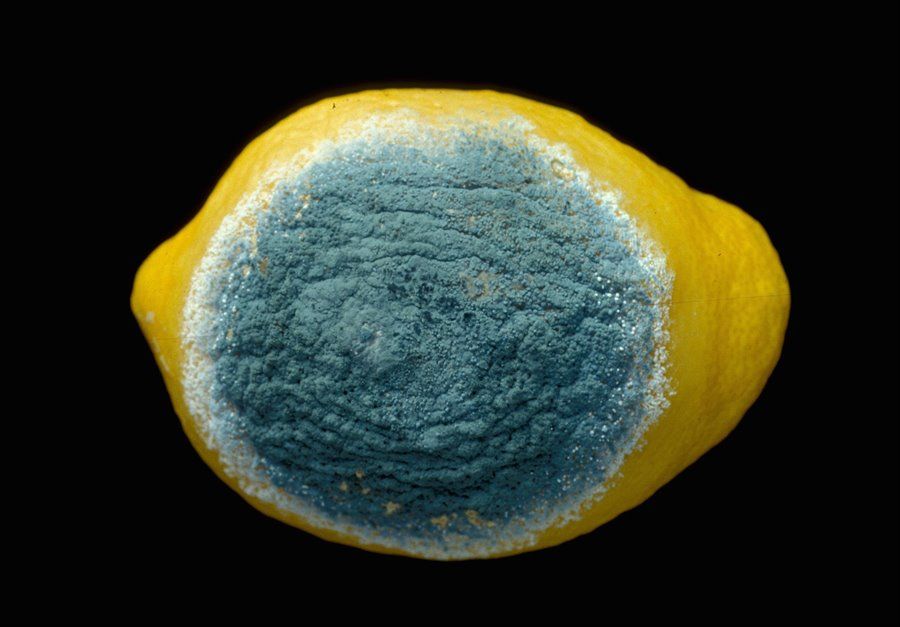
Exercise 6
VEGETABLE AND FRUIT ROTS
Soft and brown rots fungi attack the post-harvest vegetables and fruits at the time of handling and packaging. Fungi enter the host tissues through the wounds produced during injuries. After entering into the tissues, fungi produce extra-cellular enzymes which cause degradation and rotting of tissues. Fungi of soft and brown rots are either, soil or air borne, and are saprophytic in nature.
Materials
Samples of soft rots of following diseases and cultures of their causal fungi:
- Mucor mucedo (Soft rot of fruits, potato and vegetables)
- Rhizopus stolonifer (Soft rot of sweet potato and plum)
- Monilinia fructicola (Brown rot of stone fruits)
- Penicillium italicum (Blue mold of citrus fruits)
- Sclerotinia sclerotiorum (Cottony rot of vegetables)
- Botrytis cinerea (Grey mold rot of vegetables and fruits)
Procedure
- Study the symptoms of rotted fruits and vegetables.
- Prepare the potato dextrose medium (PDA) for culturing rot causing fungi.
- Prepare slides of mycelia, sporangiospores and spore producing bodies under the microscope using lactophenol cotton blue stain.
- Draw the spore producing bodies of above mentioned fungi on your practical manual.
Questions
- What is the function of stains?
Stains make the image clear and defined under the microscope
- How can the soft rot losses be decreased at the time of harvesting?
By avoiding injuries, losses can be avoided during the time of injuries.
- Which type of protective measures should be taken to manage rots?
Over ripening of fruits and vegetables should be avoided.
The tools should be disinfected before harvesting.
Storage houses should be fumigated with fumigants.
Injuries should be avoided
- How can fungal and bacterial rots be differentiated?
-
In bacterial rots, ooze (gummy material) comes out from infected fruits and vegetables while in fungal rots ooze does not come out from infected fruits and vegetables.


